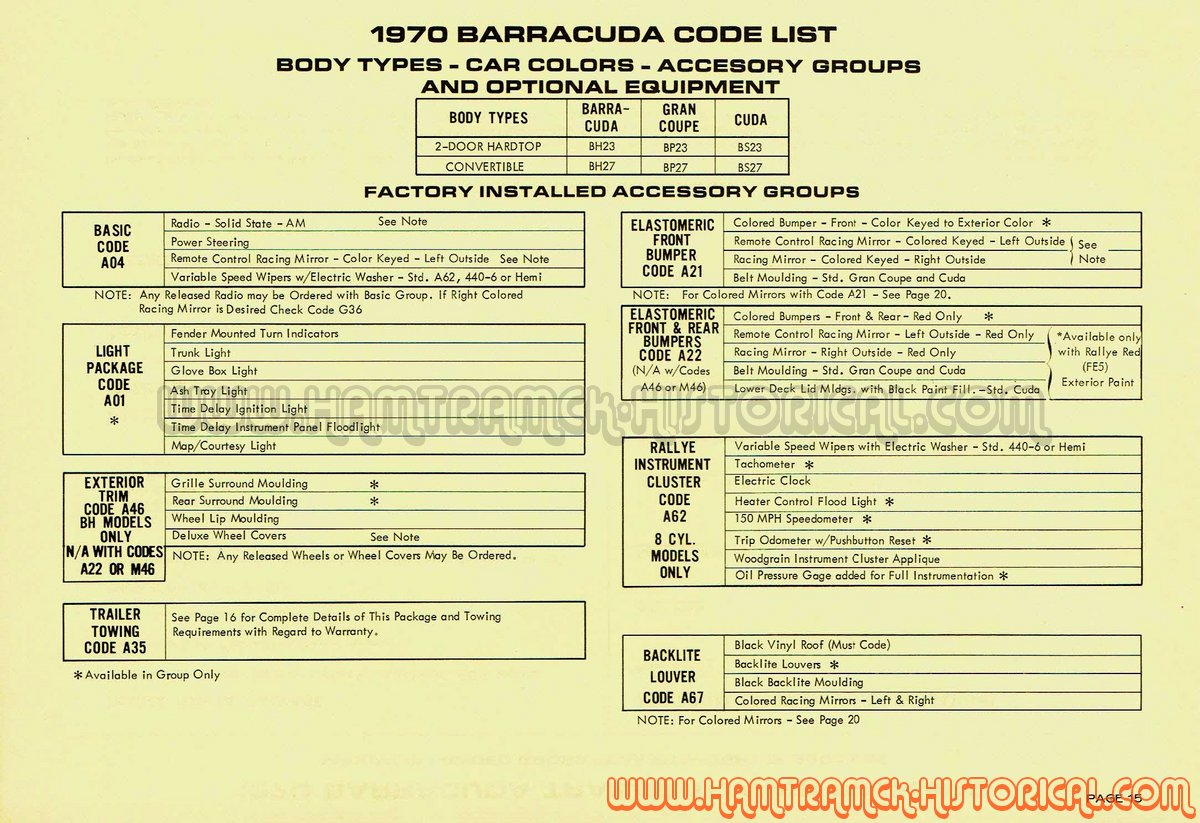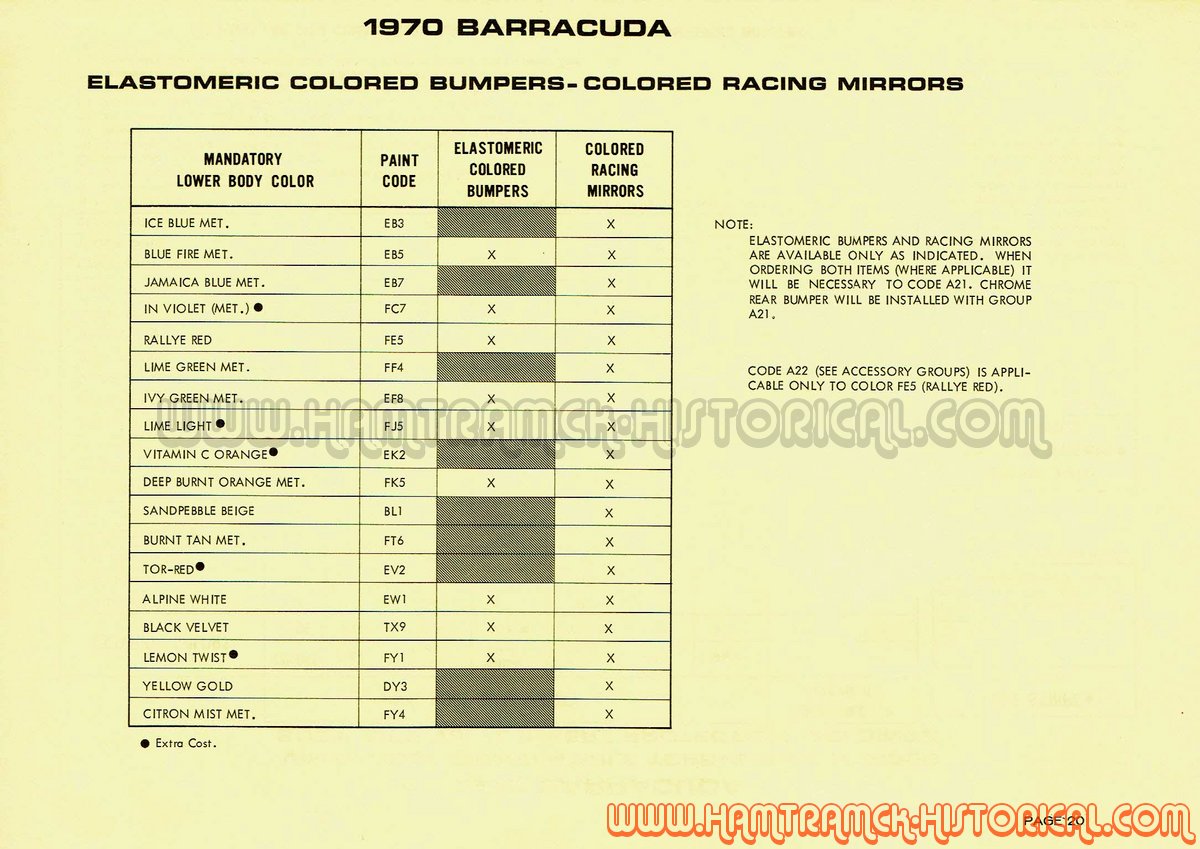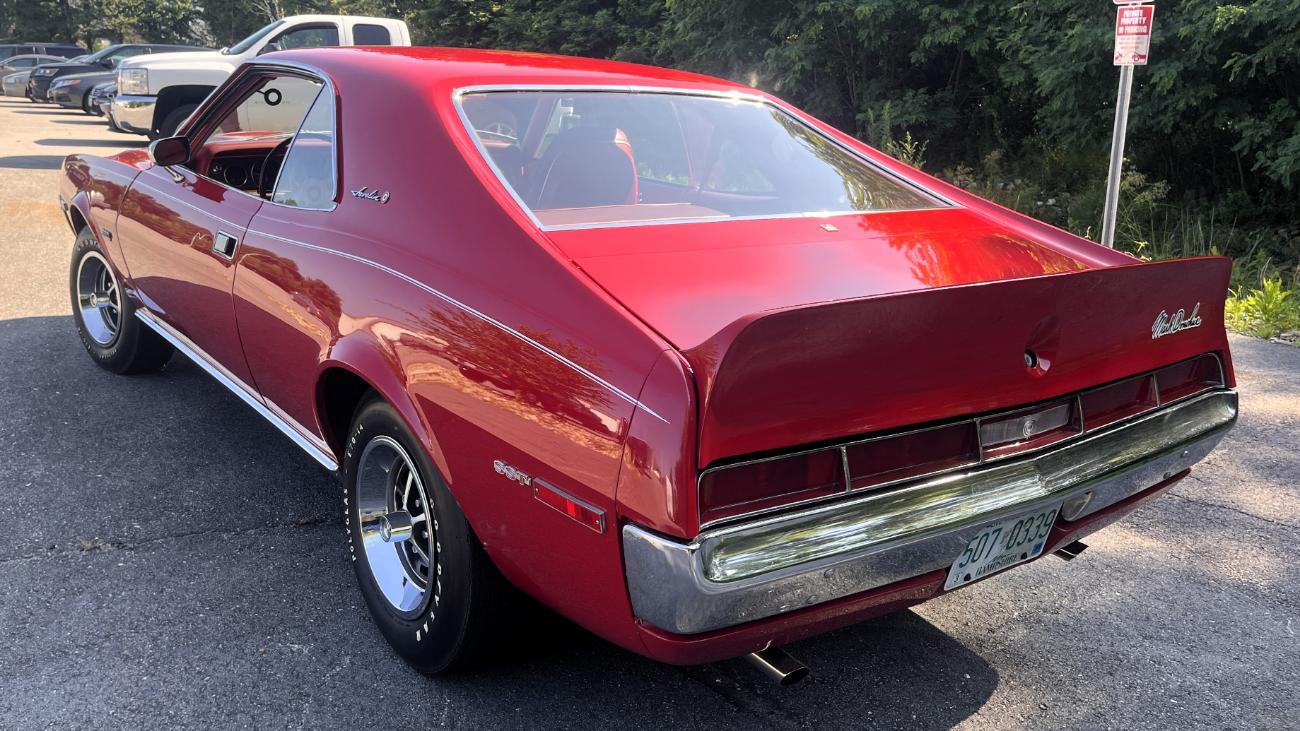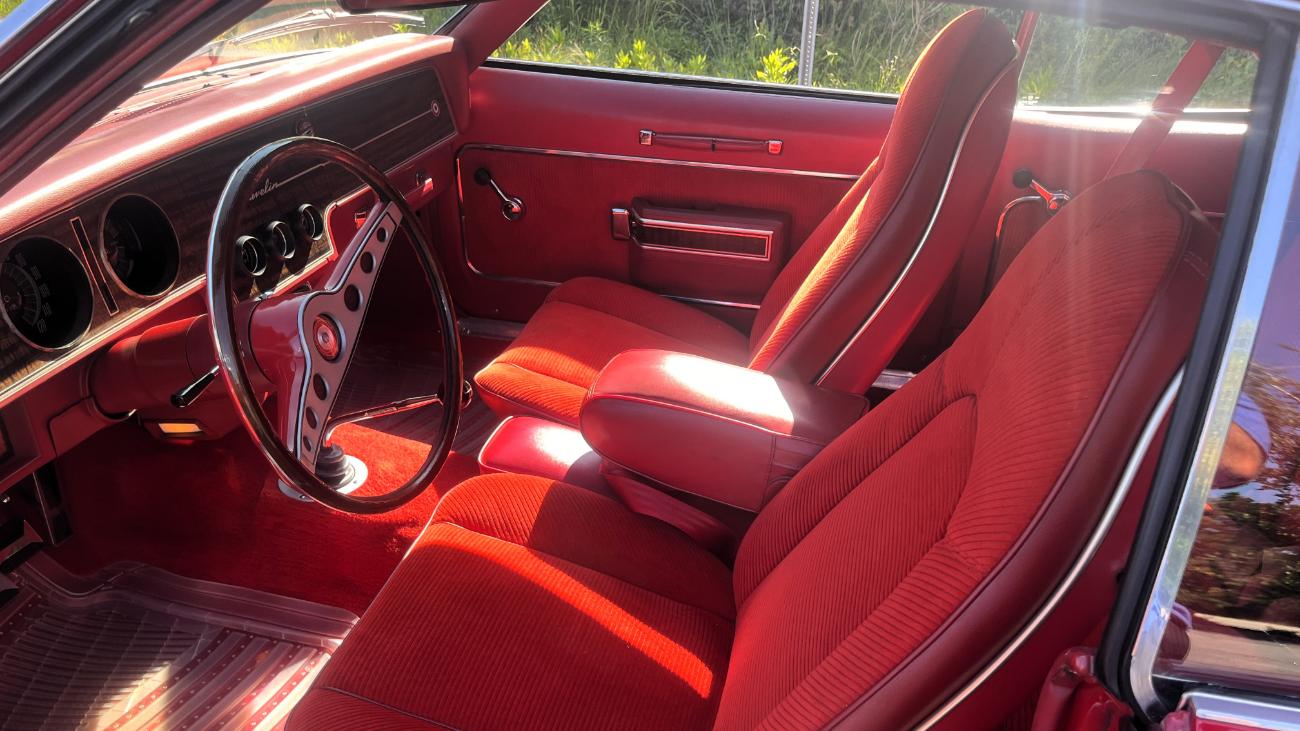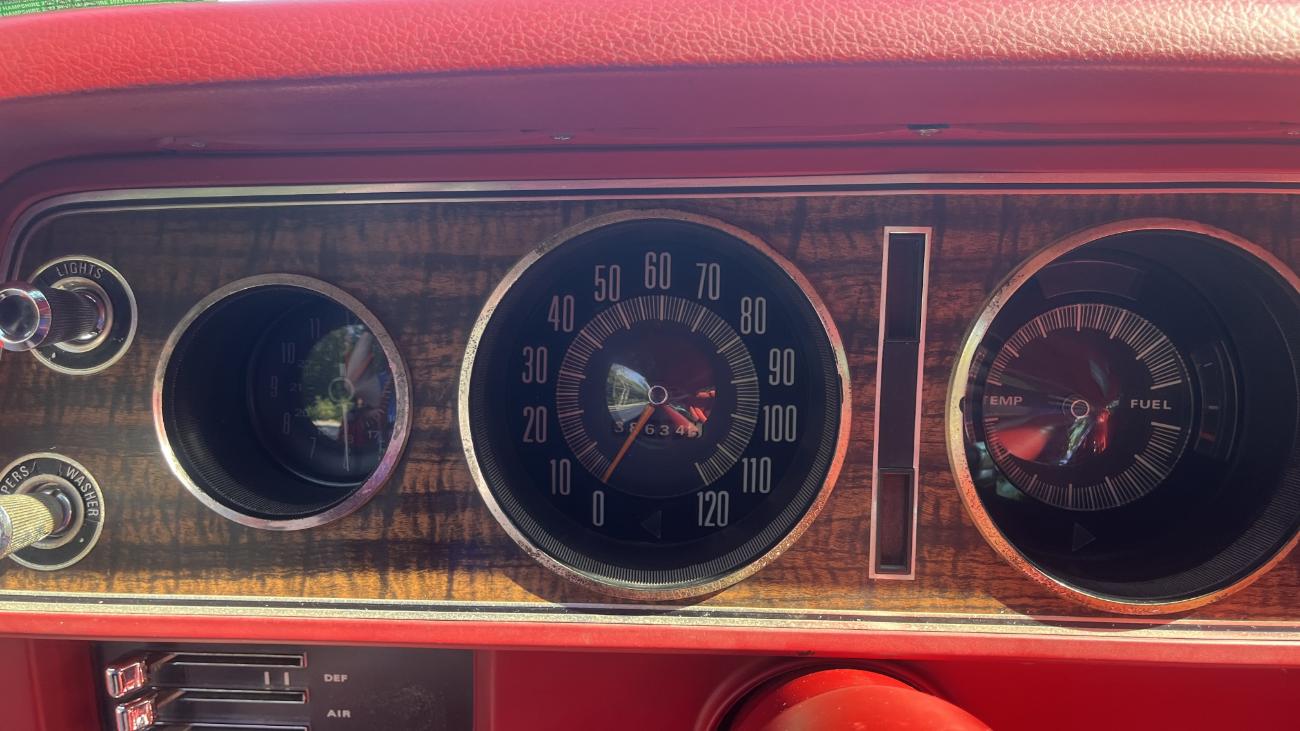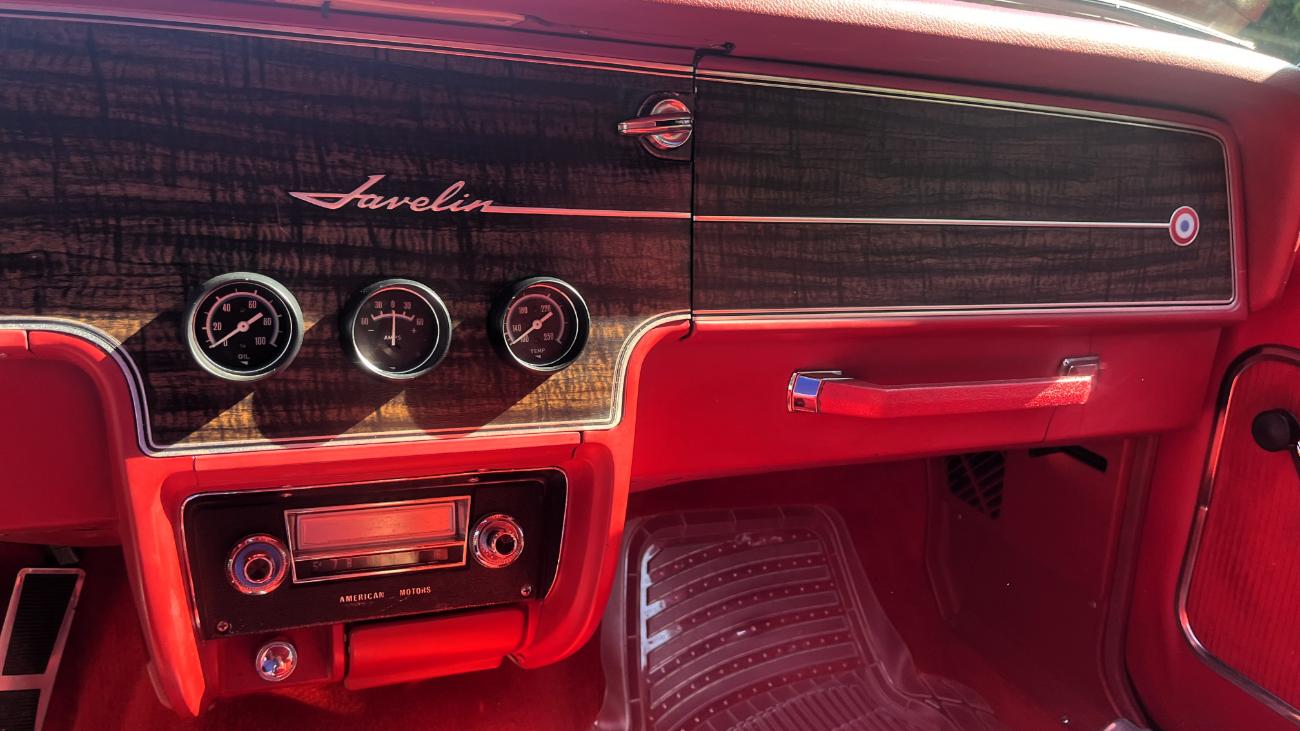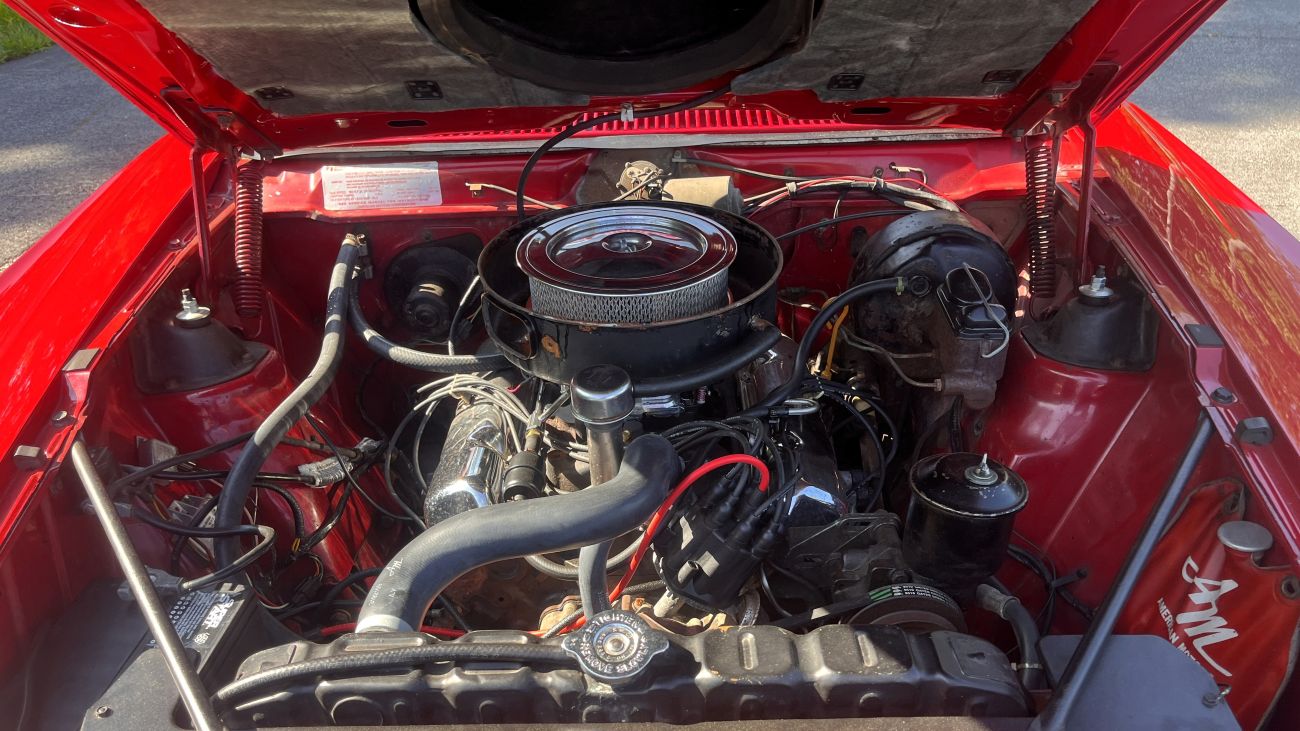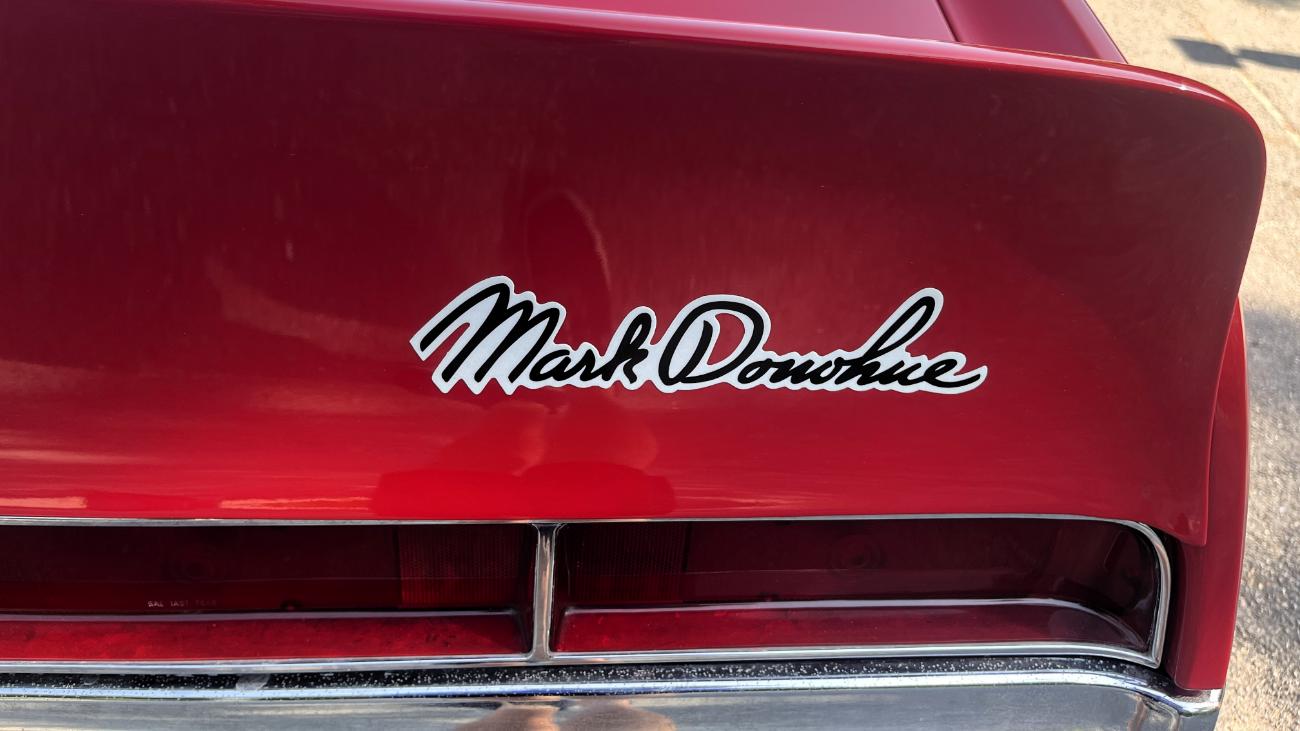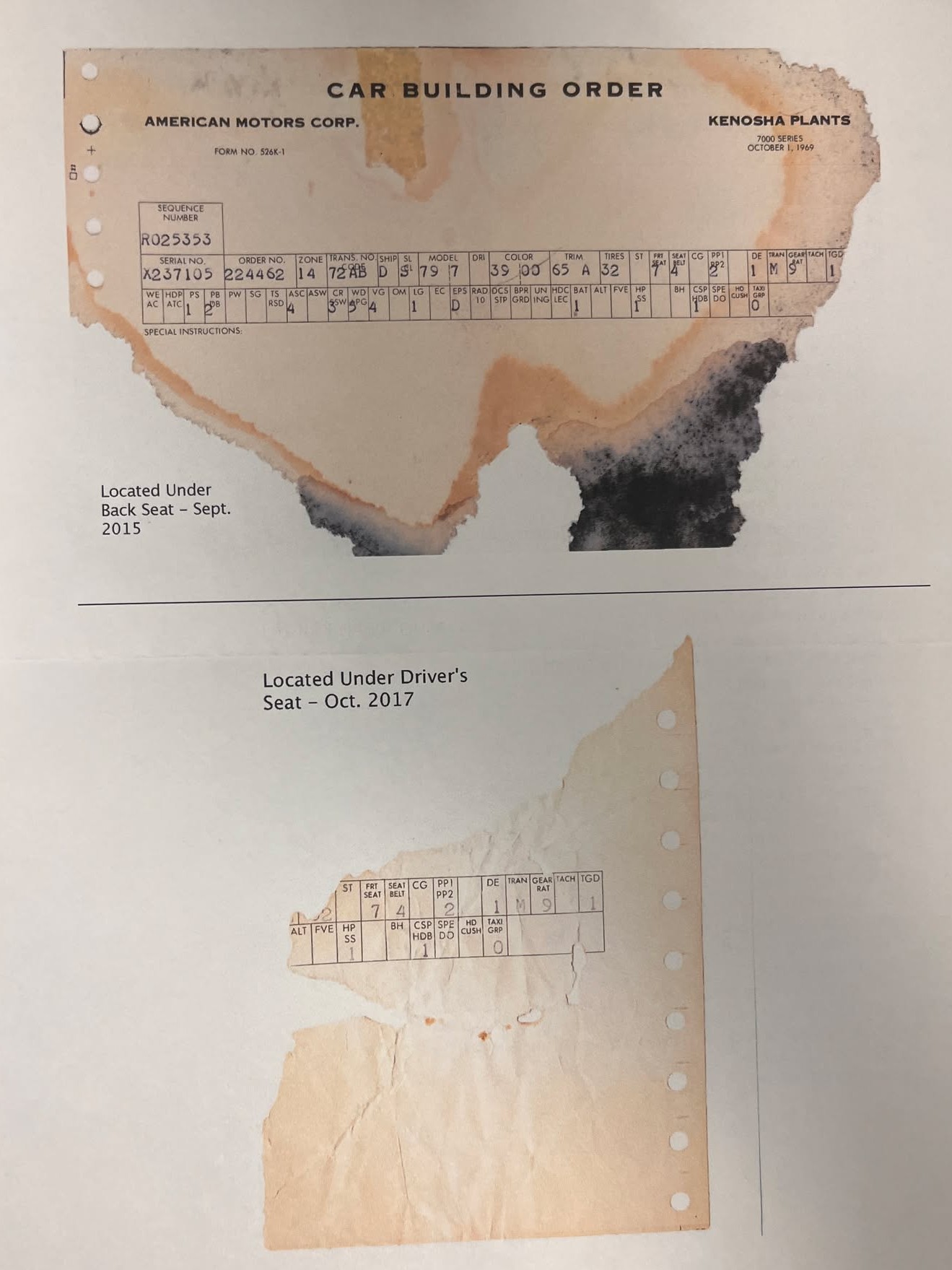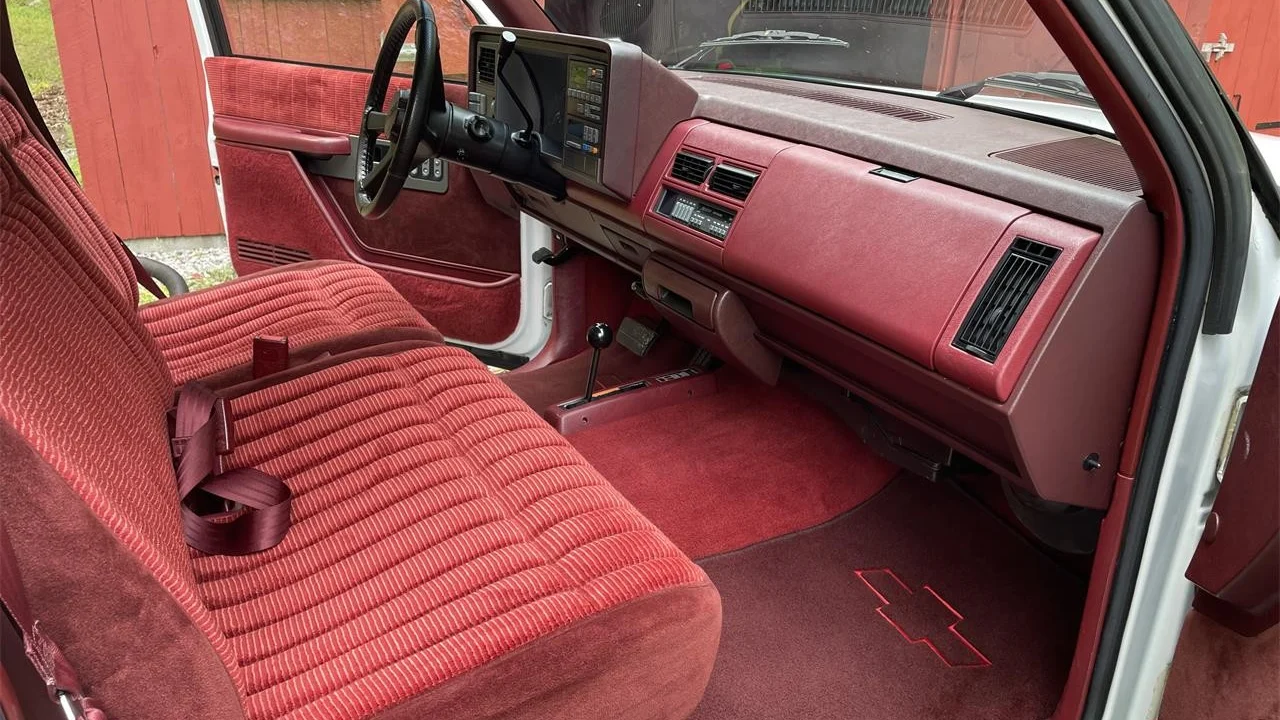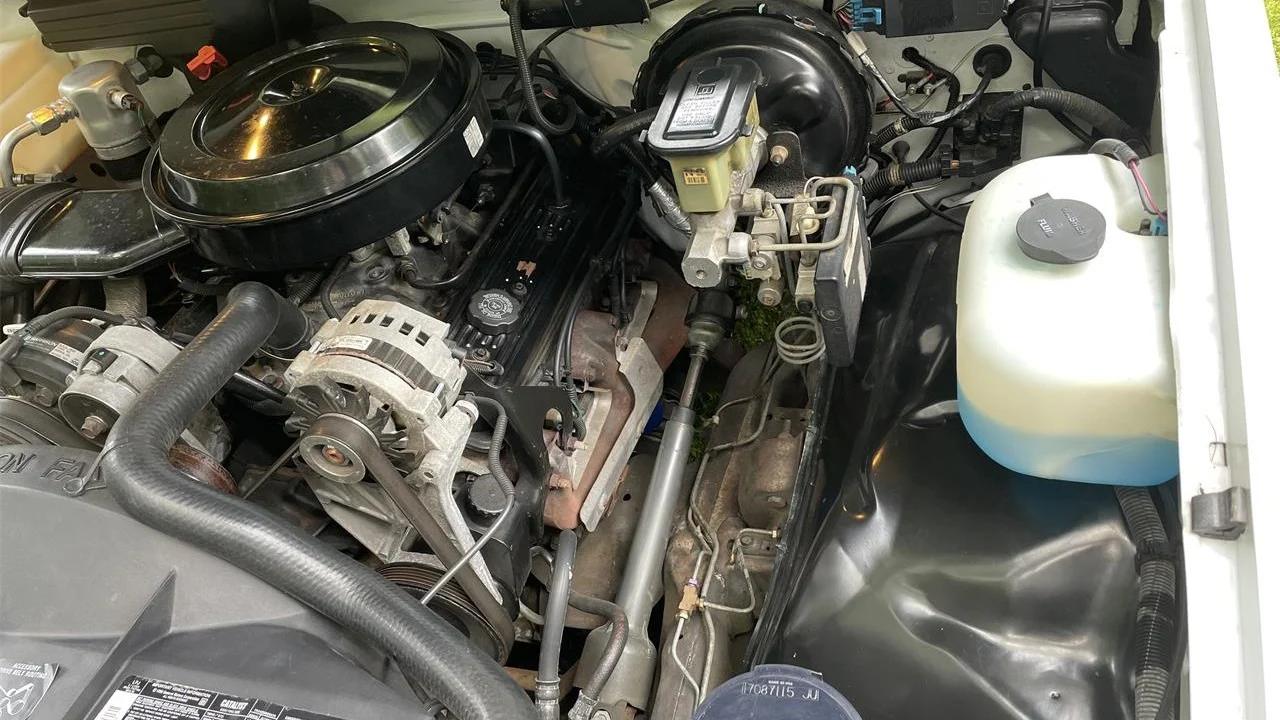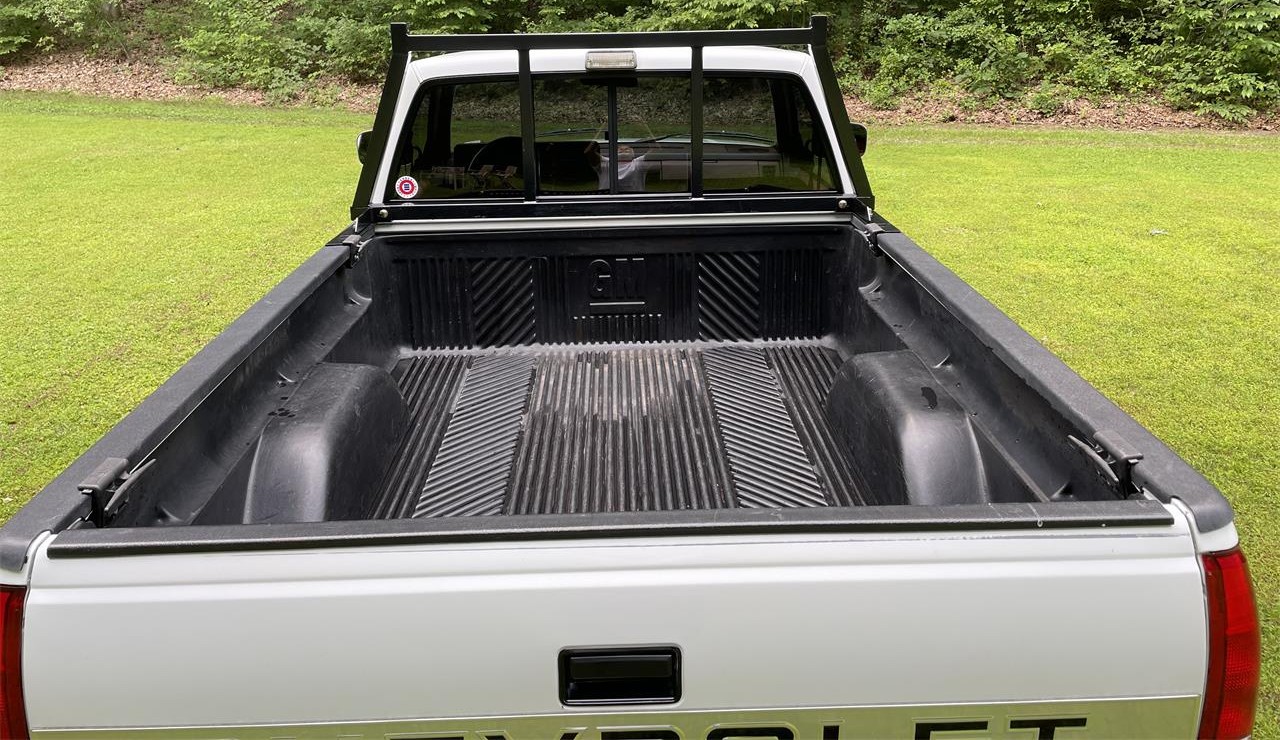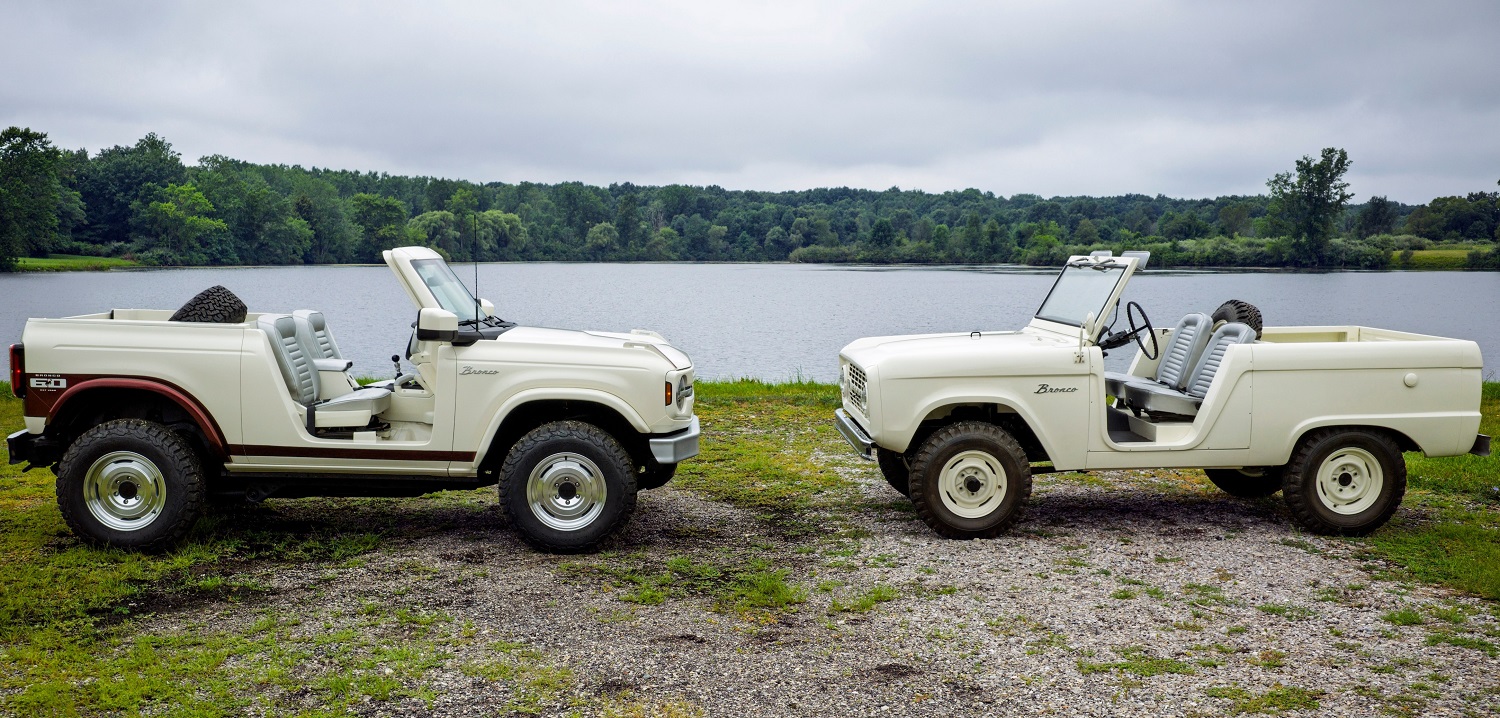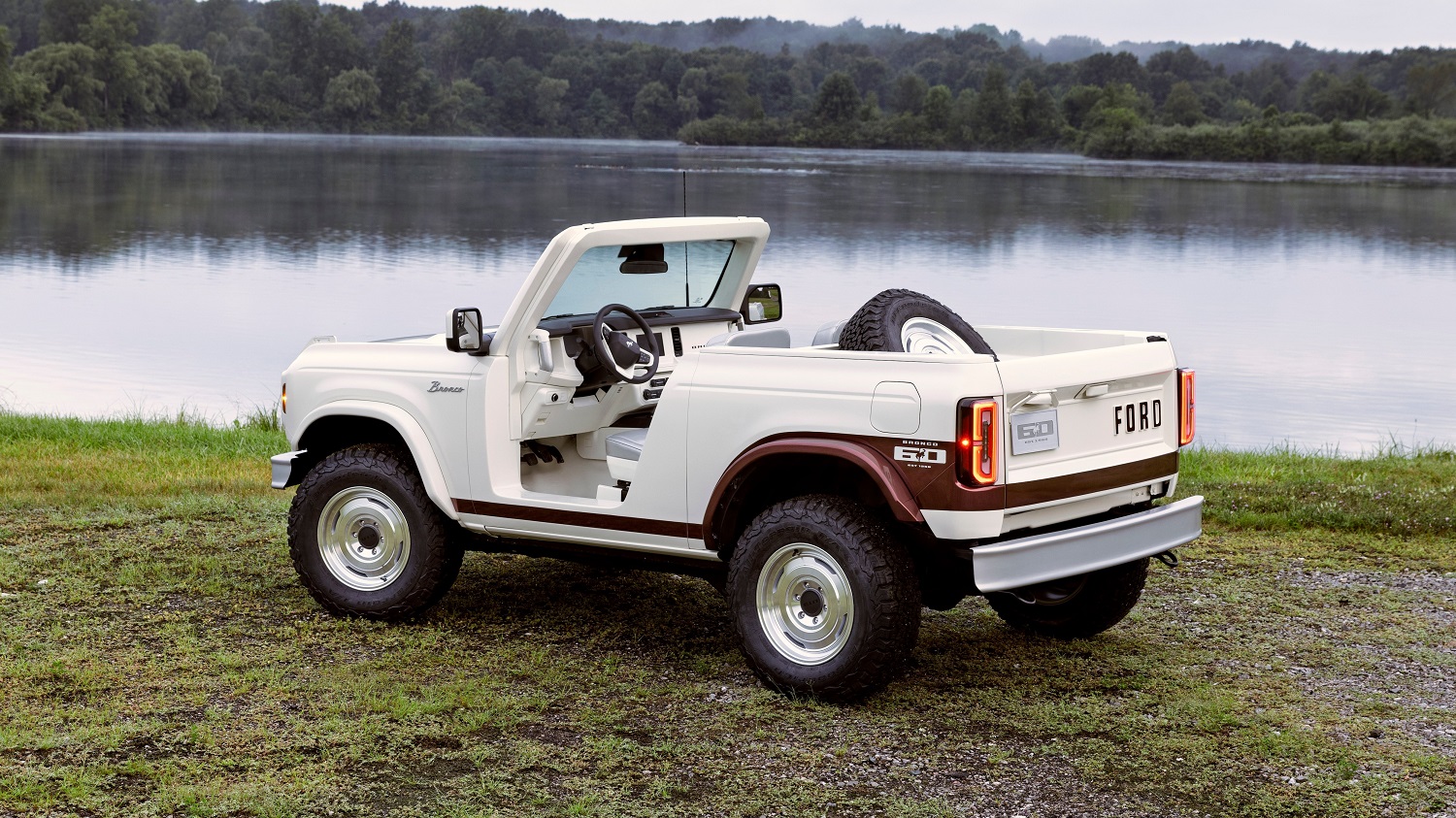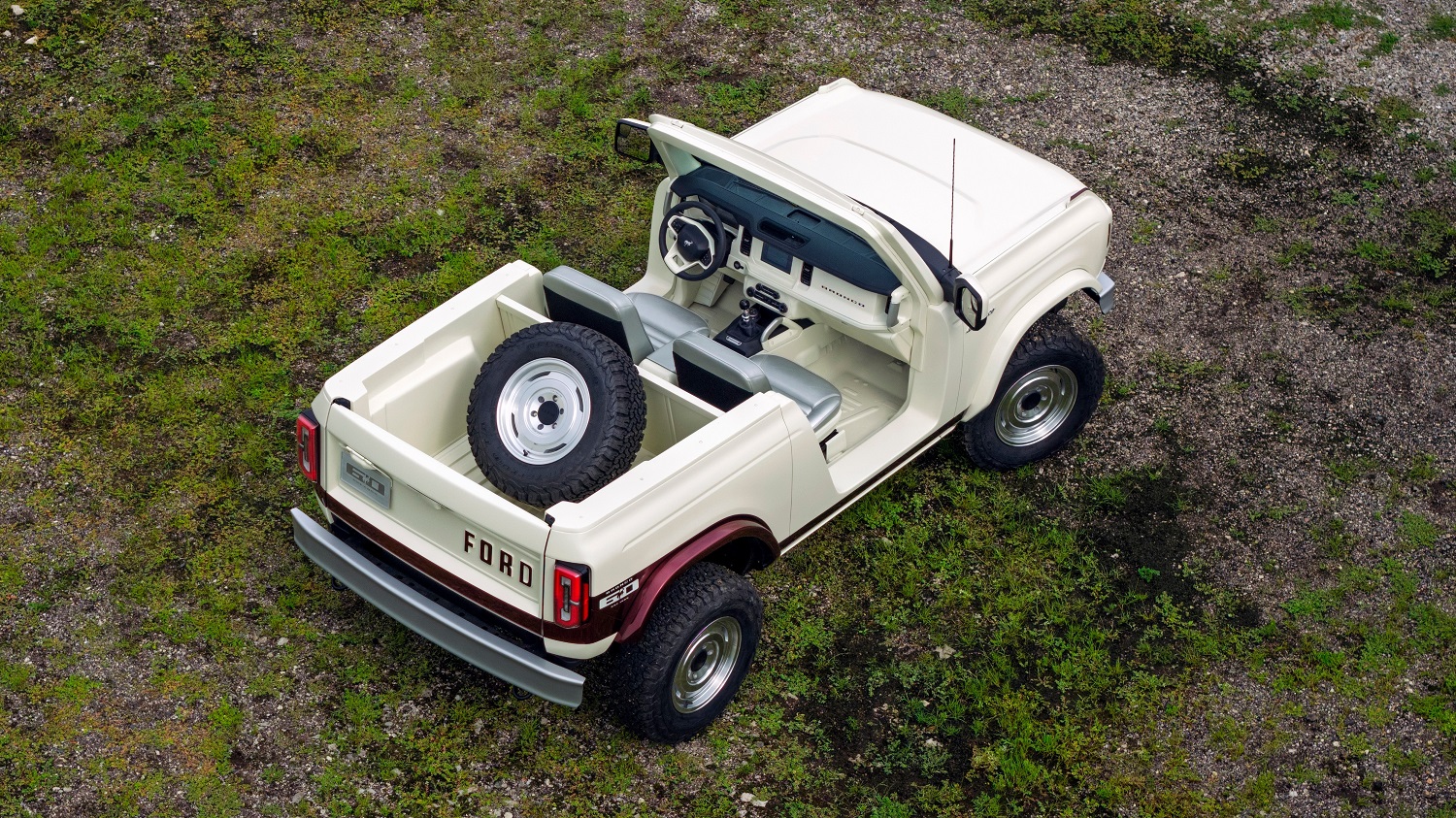Nissan recently announced that prices for its 2026 Frontier will start at $32,150. The various updates in store for the midsize truck are largely mild: a Dark Armor trim package for the SV model, an available All-Weather package, a new drive mode selector, LED headlights for S and SV trucks, and more standard equipment for the Pro-X and Pro-4X. But there was also a major surprise in the press release: Roush Performance and Nissan teamed up to make a Frontier Pro-4X R.
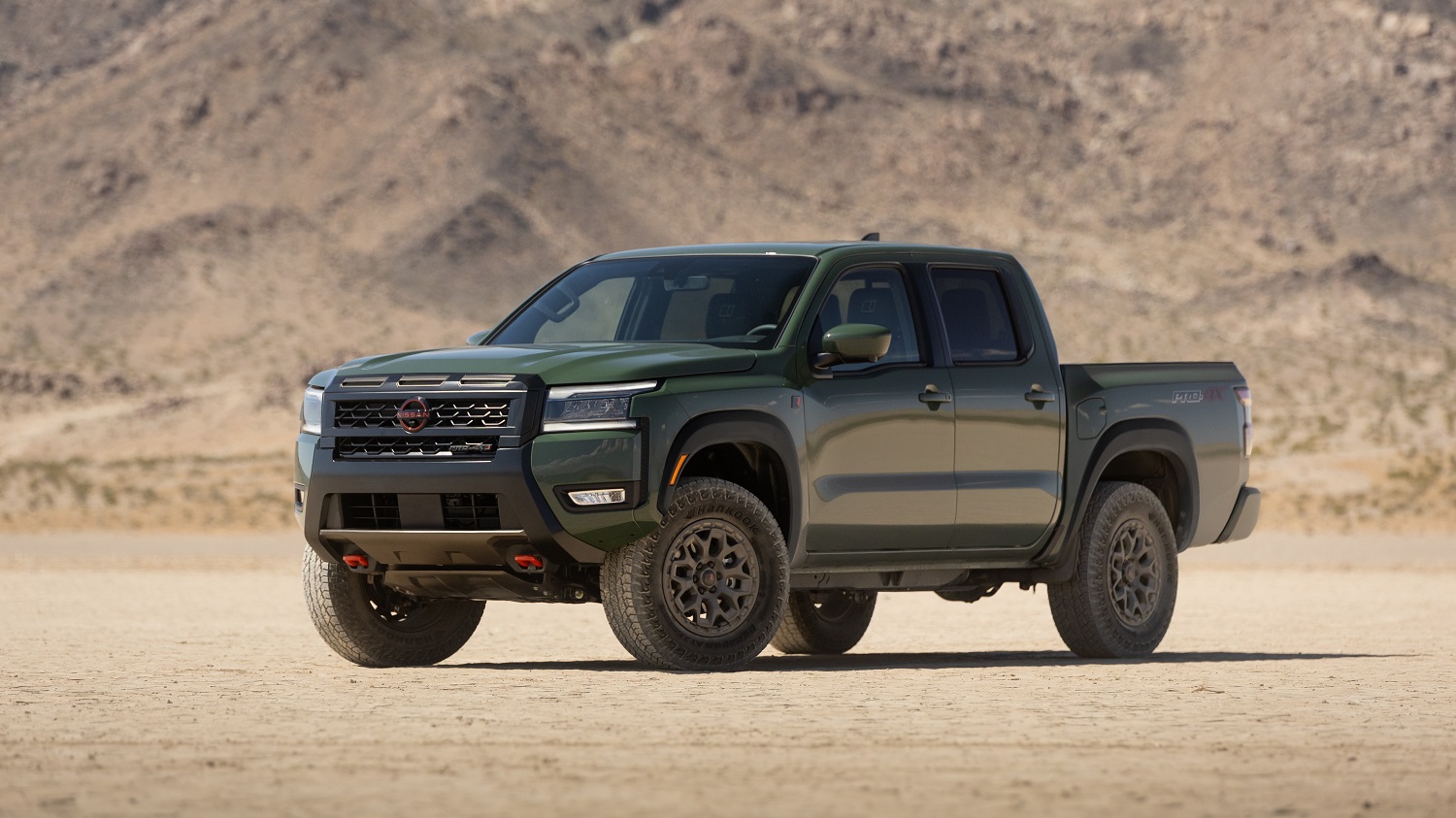
This comes as a shock (no pun intended) for two reasons. The first is that Nismo usually handles making faster and more capable Nissans (the in-house performance division even made a more powerful and athletic version of the full-size Armada). The second is that Roush typically enhances Ford vehicles. In fact, this is the first time Roush and Nissan have ever collaborated on a build.
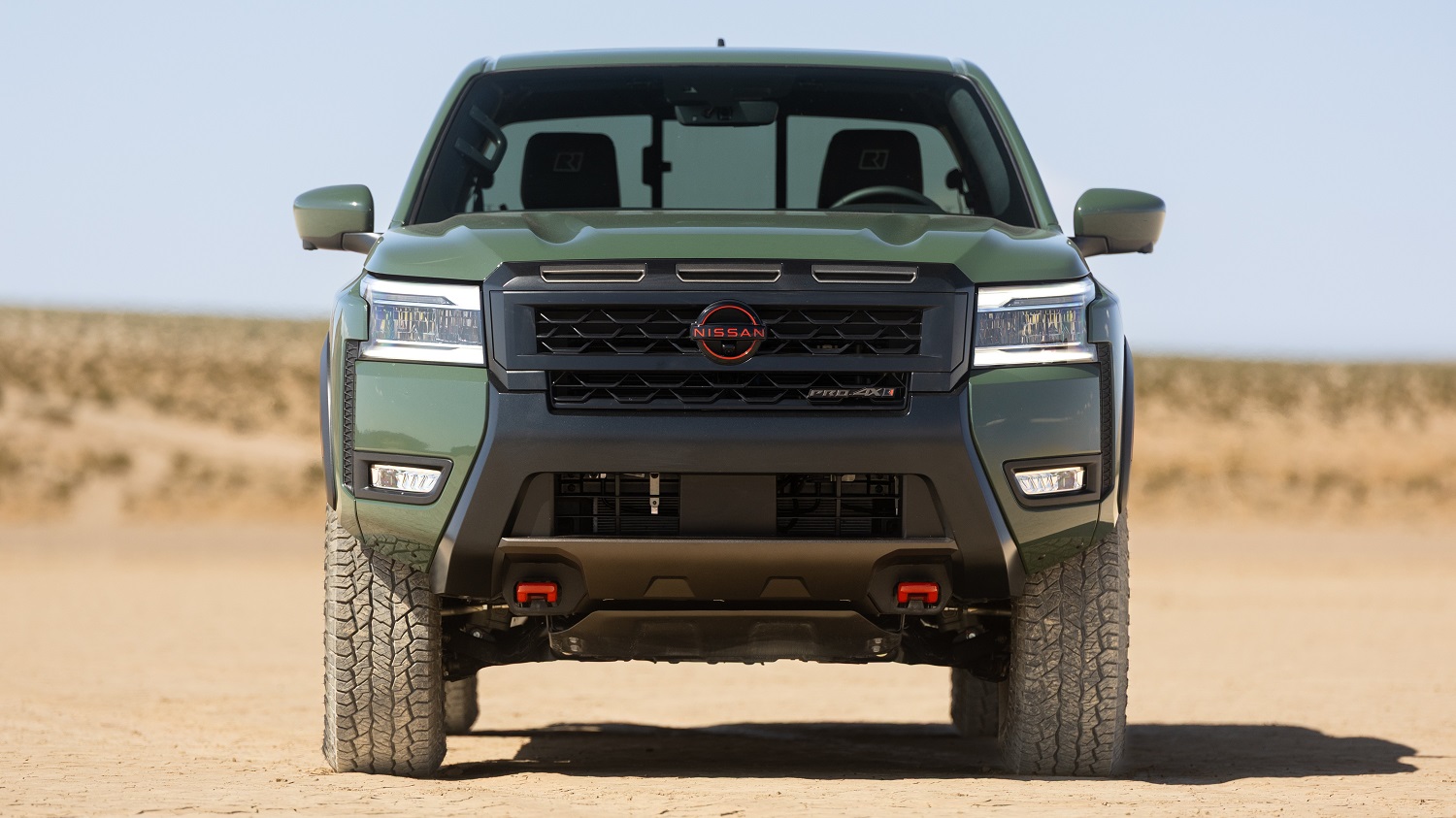
So what exactly did Roush add to Nissan’s most rugged Frontier model? It depends on where you look. The majority of the cosmetic changes are on the outside and include titanium-painted grille inserts and a matching skid plate and lower front fascia. “R” badges on the grille, fenders, and tailgate tell other people at the OHV park they’re not watching just any regular Pro-4X try to reach the top of a difficult trail.
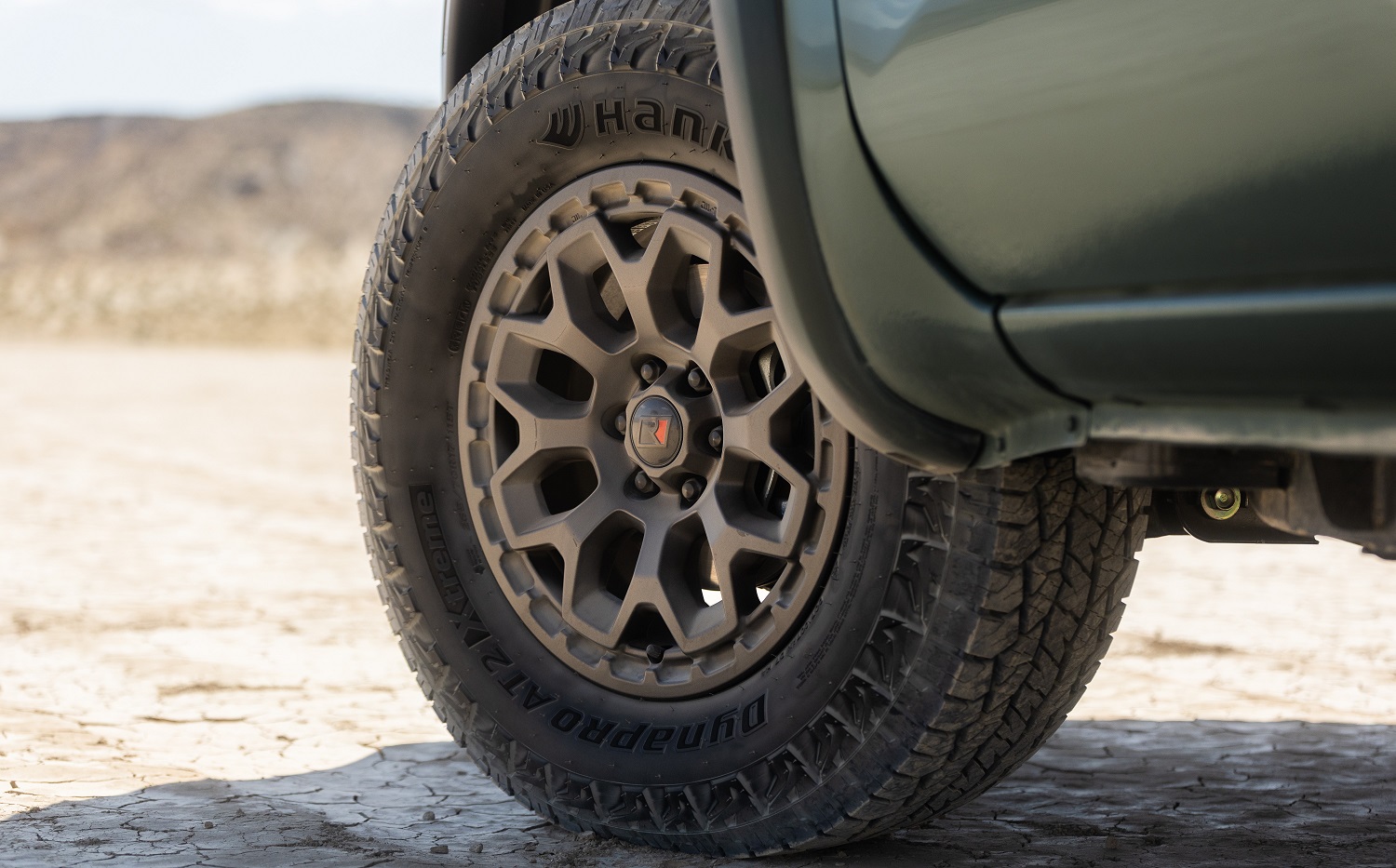
There are also “R” logos on the center caps of the titanium-finished 17-inch wheels, which come with black lug nuts and 265/70 all-terrain tires. Inside the cabin, the only evidence of Roush’s involvement is the “R” embroidery on the front headrests.
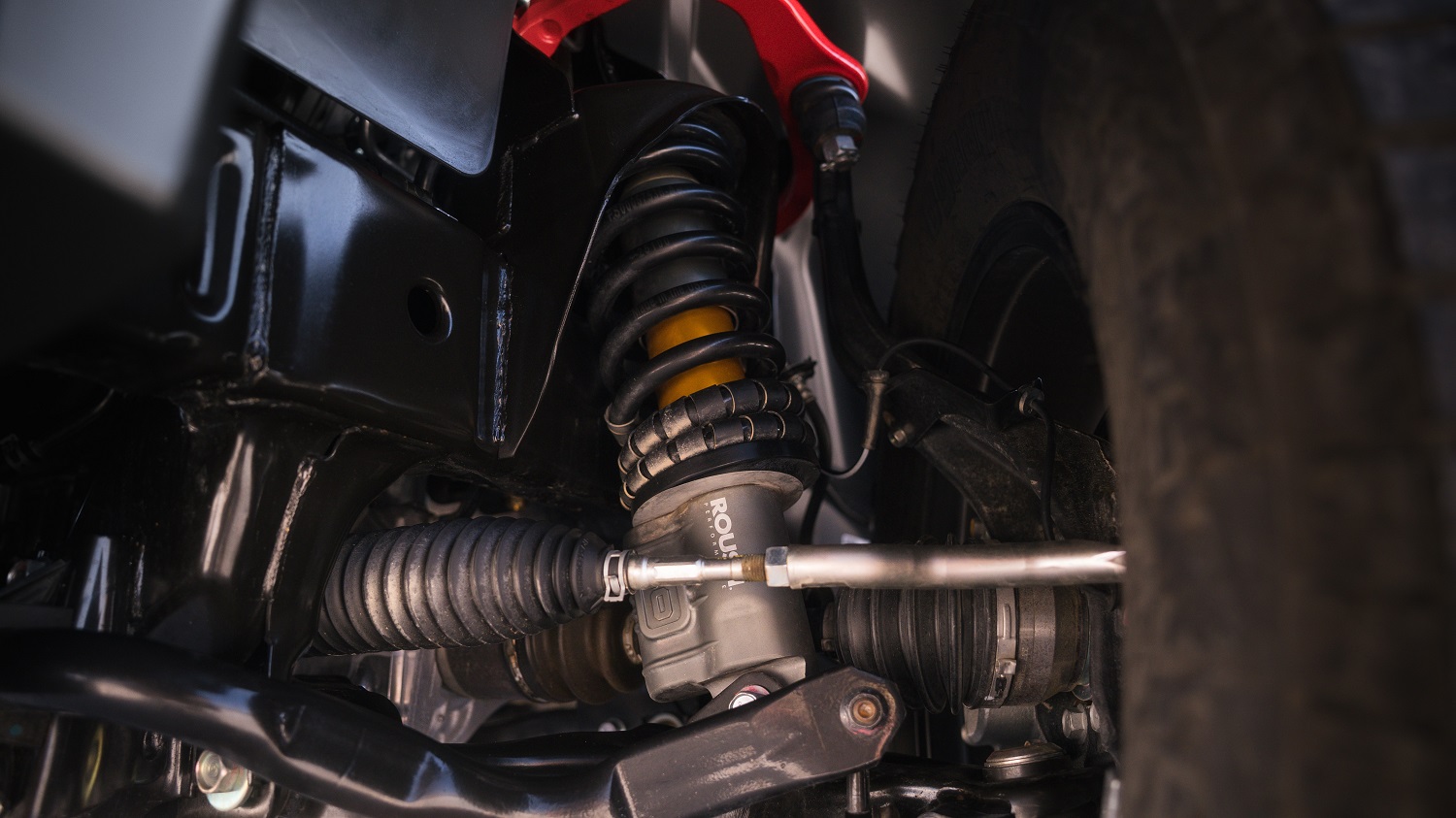
Aside from the Roush Performance x Öhlins two-inch suspension lift, the major functional improvements are harder to spot. If you look closely at the Frontier Pro-4X R, you might see the Roush Red front upper control arms, which the company says enhance “ground clearance, suspension travel, and overall off-road capability.” All four corners are equipped with Roush Performance x Öhlins 2.0 aluminum-bodied off-road shocks with 18mm steel shafts, remote reservoirs, and rear cooling fins to keep them from fading over rough terrain. The most difficult thing to see is Roush’s 3-year, 36,000-mile limited warranty, but it is there.
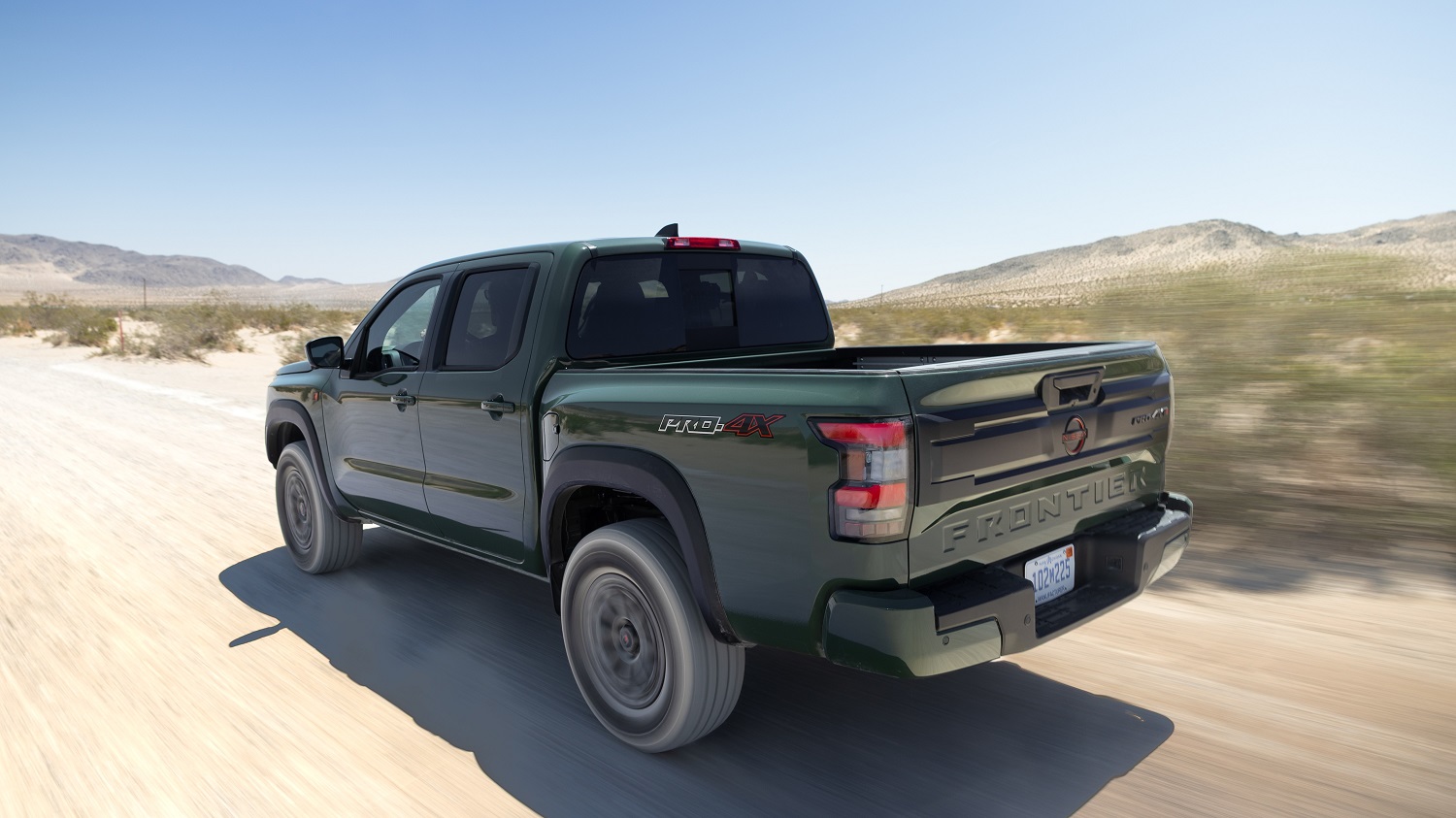
A standard 2026 Frontier Pro-4X with a five-foot bed has an MSRP of $41,870; opting for the six-foot bed bumps that price up to $42,370. Adding that “R” to the end and all the Roush upgrades that come with it increases the starting price to $47,960.

